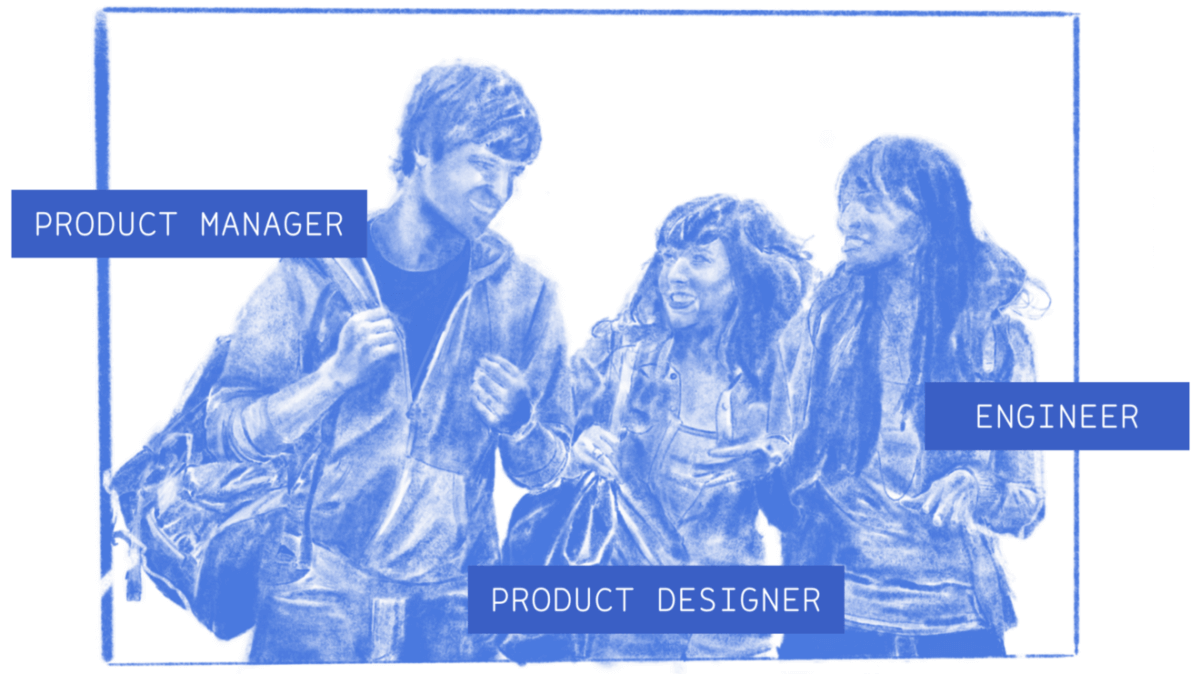Not so long ago, finding “designer” and “data” in the same sentence seemed unthinkable. In fact, if you run an unscientific survey of your colleagues right now, chances are the associations for “designer” would be creative, artistic, intuitive, and “data” would conjure images of engineers, mathematicians, and scientists. But that’s old news. This is 2018.
In the first post in this series, Brian Crofts introduced the notion of a modern product team, and discussed customer centricity as the first value to rule such a team. The second value, which I’ll discuss today, is being data-driven. And yes, I’m a designer.
What Do Designers Measure?
Uniquely positioned between business and customer, the job of the product designer is to deliver the best product by channeling a deep understanding of the user. We may be motivated by aesthetics and usability, but our loyalties are much more quantifiable than that. We are interested in the ways in which our designs — be they totally new features or small UX improvements — affect adoption of certain features.
My team, for example, recently noticed that our users were canceling an action rather than saving what they were working on. What friction were they experiencing to abandon this workflow? We had assumptions, of course, but on a small team, monitoring user engagement and behavior was much better than what we could come up with ourselves. By viewing usage analytics and circling back with customers who were canceling out of this workflow, we were able to determine how the UX was affecting the completion rate of the action in question.
The data we collected in this instance, and strive to collect throughout our creative processes, is both qualitative and quantitative. Speaking to customers and hearing anecdotal evidence is great, and many product designers will recognize that a-ha moment that comes by talking with a customer (even if it causes us to go back to the drawing board). But users, like the rest of us, are biased. Looking at data that goes beyond the single story is crucial for improving your UX.
What’s So Modern About That?
A modern product team is not just about values, it’s also about seats at the table. Traditionally (inasmuch as there is such a thing as a traditional software product team), designers were off in their corner executing tasks, while engineers and product managers set the tone for where the product was headed. But, a high-functioning modern product team is made up of PM, engineer, and designer – all sharing not only a mission but also an organization.

This constellation makes designers participate in jobs that were previously outside their purview, including customer research and usability testing. In the past, these responsibilities were often siloed off, away from the “creatives.” But, with blurring lines and more robust tools, designers can now own this aspect of their work from beginning to end.
Collecting feedback on design is truly a team effort. On my team, designers use tools that track usage, and we also employ more traditional measures like NPS and surveys to gauge user satisfaction at scale. Importantly, we look beyond the NPS score itself, mining the verbatims and the product usage data to understand the specific UX experiences and user behaviors that drive positive and negative sentiment. We lean on our product managers, who spend a good chunk of their time talking to customers. Finally, we rely on the customer success team to give us more product intel. If you’re lucky, you may have a data scientist or user researcher sitting with you, in which case there’s probably a lot more you can learn.
The New Product Designer
If you’re a designer, your identity may be tied up in art — whether it’s how you think of yourself or how you’re perceived within your organization. While there’s a great deal of art involved in building successful, helpful, and delightful products, there is also quite a bit of science. The new product designer recognizes that marrying qualitative and quantitative data is how you reach the richest insights and push your designs forward. So much so, that we have a whole process in place for continuous prototype iteration based on a combination of product analytics and qualitative feedback.
As in any craft, passion, education, and personal commitment are just a starting off point of a successful career. Along the way, designers who only rely on personal preferences or biases, won’t be able to scale their success or efficacy. It’s time we stop shying away from data and make the leap into being modern-day Renaissance designers: with a keen eye for aesthetic, a deep understanding of engineering, and a holistic approach to building great things.

